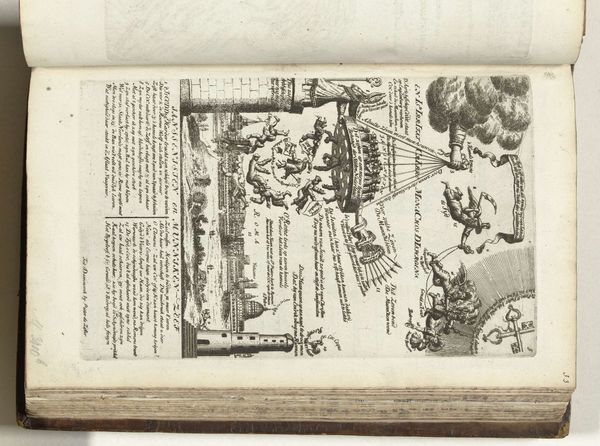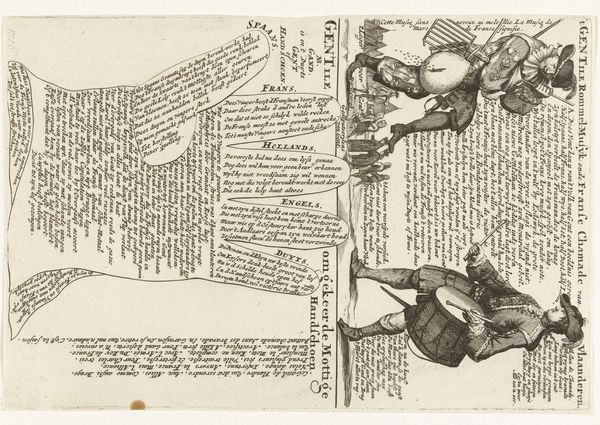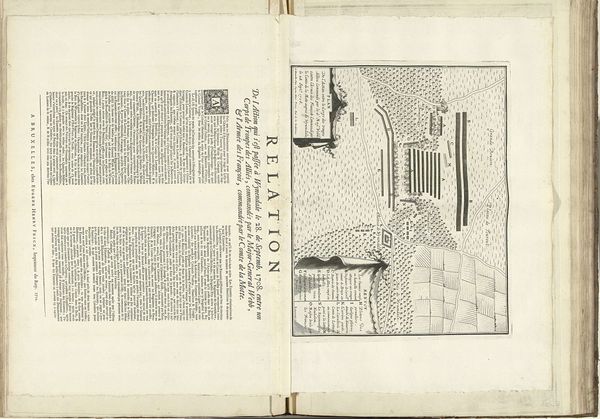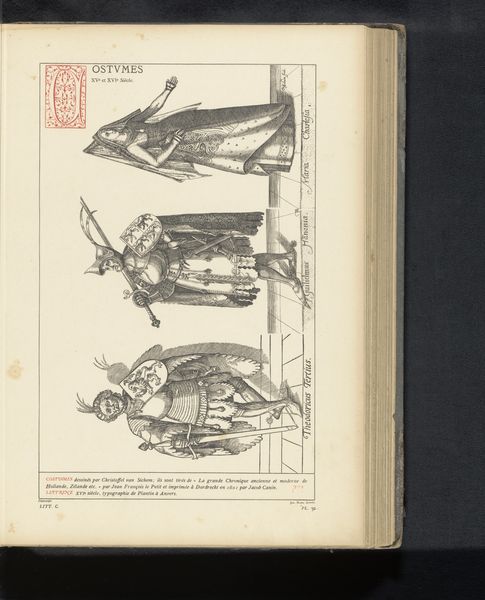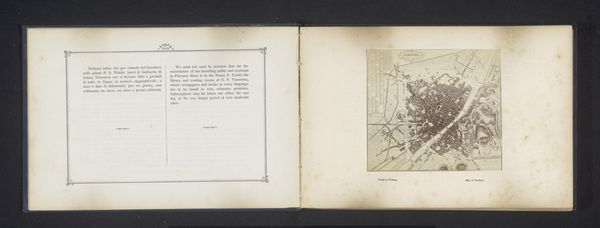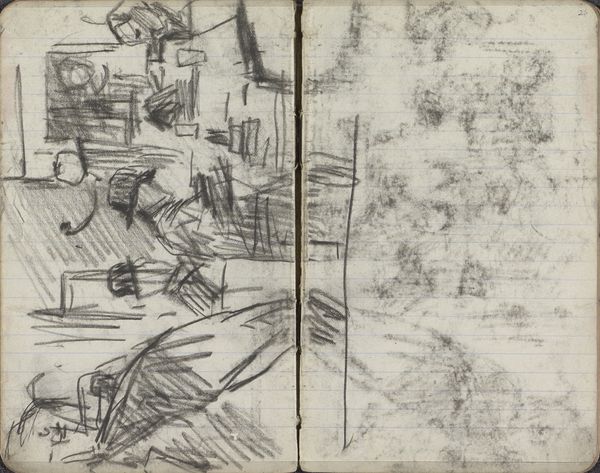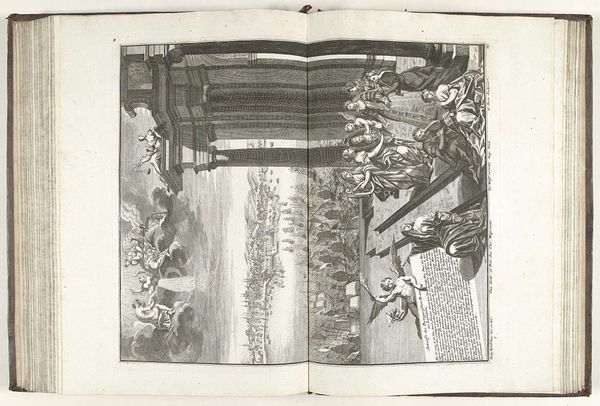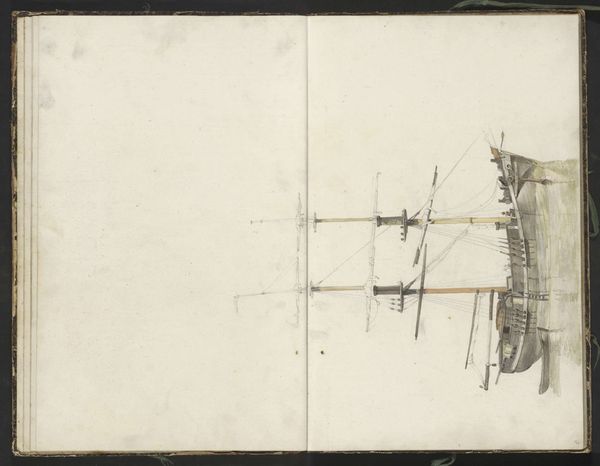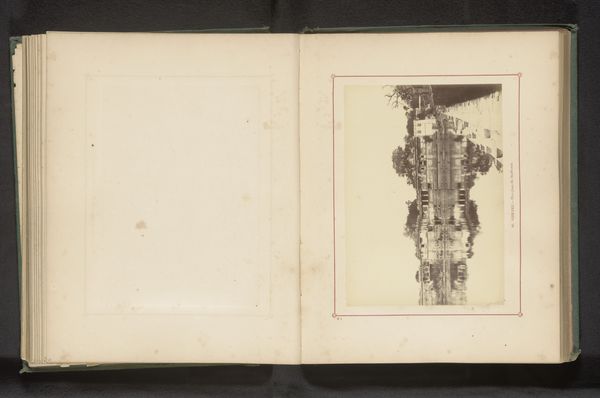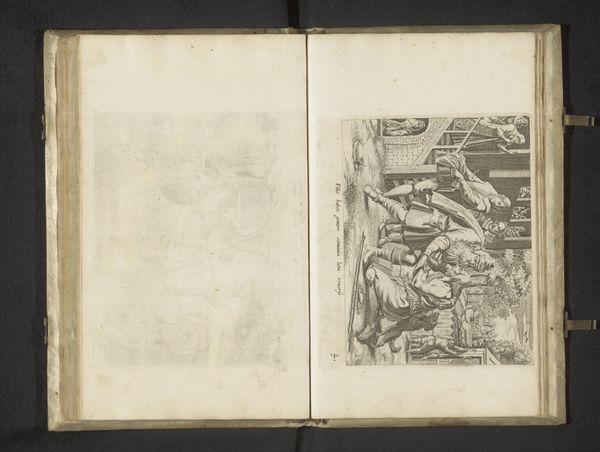
graphic-art, print, engraving
#
graphic-art
#
narrative-art
#
baroque
# print
#
history-painting
#
engraving
Dimensions: height 315 mm, width 200 mm
Copyright: Rijks Museum: Open Domain
Curator: Editor: Okay, here's an intriguing piece. It's called "Jansenisme gewogen tegen de jezuïet," made around 1706-1707 by Carel Allard. It's an engraving, and the title suggests it’s about Jansenism and the Jesuits. It looks almost like a political cartoon. What do you see in this work? Curator: The weighing scale image immediately draws my attention. It is crucial, isn’t it? Consider that scale not just as an image, but as a representation of power, influence, and societal conflict in early 18th-century Europe. Think about the context: religious and political tensions were explosive. This print engages with these tensions by visually enacting the debate between the Jansenists and the Jesuits. The figures represent complex theological and political arguments. Who has the upper hand here? Editor: It seems quite critical of the Jesuits. The figure representing them seems much heavier on the scale. I'm wondering what messages an image like this sends at the time and how it's received? Curator: Precisely! These kinds of polemical images often appeared as pamphlets and single-sheet prints, readily circulated and debated among people with various levels of literacy. They were incredibly effective ways to spread specific perspectives or stoke controversy. The visual language, accessible as it was, invited viewers to choose a side. Considering this print, we might also ask questions about who commissioned it and who its intended audience was. The image also forces us to confront ideas about bias and propaganda. Do you see the writing next to each side? What kind of language are they using? Editor: I notice there are some short versus of what appear to be criticisms or satirical poems, expressing arguments from both sides. Is it trying to seem like it gives equal space to the differing arguments? Curator: Well, that would have been the intent! Whether it accomplishes a "neutral" presentation of both sides is debatable, and probably depends on where you stand on the issue yourself! Editor: Thinking about this image within that context of religious and political argument gives it much more depth than if I was just looking at it as a simple illustration. Thanks for highlighting those factors! Curator: Indeed! These prints invite us to think critically about the role of images in shaping public discourse and solidifying positions within cultural debates. Recognizing that art is deeply entrenched with ideologies and social constructs grants us tools to explore history more intricately.
Comments
No comments
Be the first to comment and join the conversation on the ultimate creative platform.
